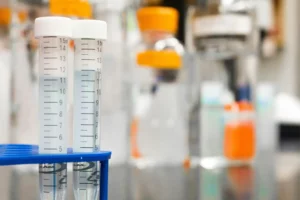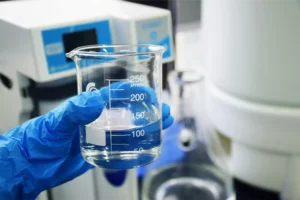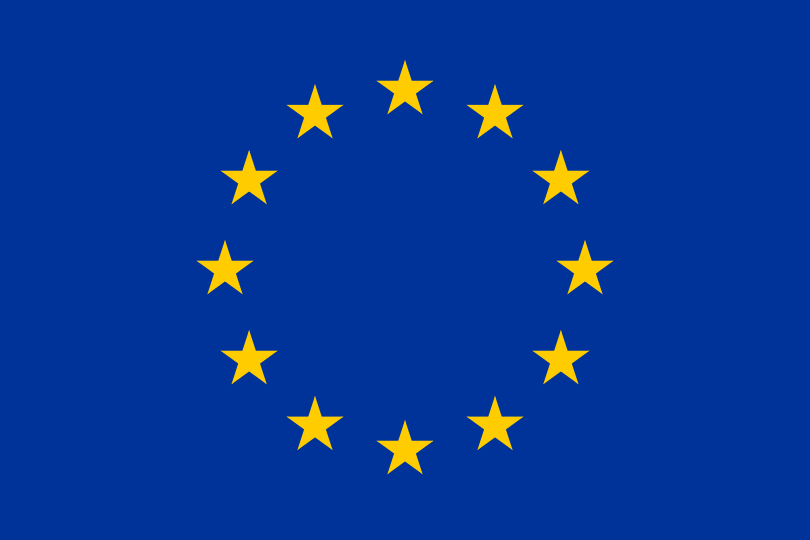In pharmaceutical development, validating analytical methods goes further than regulatory formality. It is a critical component of ensuring reliable, reproducible, and scientifically sound data. The ICH guidelines method validation framework, updated through ICH Q2(R2) and the complementary Q14 guideline on analytical procedure development, offers a harmonized international approach. By defining how methods should be evaluated and documented, these guidelines help align validation in pharmaceutical quality assurance with global regulatory expectations. Understanding these principles and their practical application is key to reducing risk, improving data integrity, and supporting successful submissions.

Key Concepts and Scope of Analytical Method Validation under ICH Q2(R2) and Q14
ICH Q2(R2) builds upon the earlier Q2(R1) guidance, clarifying the principles behind analytical method validation, defining the studies, performance characteristics, and acceptance criteria needed to demonstrate a method is fit for its intended purpose. It covers procedures for identity, assay, purity, and impurity testing of both chemical and biological drug substances and products, while adapting them to modern analytical technologies, such as spectroscopic and multivariate methods, reflecting the industry’s shift toward advanced analytics
Meanwhile, ICH Q14 complements ICH Q2(R2) by introducing a structured approach to analytical procedure development. It emphasizes a science- and risk-based approach, encouraging the use of prior knowledge, robust method design, and a clear definition of the Analytical Target Profile (ATP). Q14 also introduces concepts such as control strategy, established conditions, and lifecycle management, ensuring analytical procedures remain robust and compliant throughout their use.
Key concepts include:
- Harmonized principles for method development, validation, and lifecycle management.
- Application to both small-molecule and biological drugs.
- Support for both minimal and enhanced (risk-based) development approaches.
- Integration with other ICH Q guidelines for holistic pharmaceutical quality.
Together, these documents form the foundation of current best practices in ICH guidelines for validation, helping laboratories develop methods that are not only fit for purpose but also resilient to variability.
Core Parameters and Acceptance Criteria for Analytical Method Validation
A critical aspect of any protocol for analytical method validation is the definition of parameters to be assessed. According to the ICH guidelines, the core parameters include:
- Specificity: Ability to measure the analyte in the presence of other components (impurities, excipients, or matrix effects).
- Linearity: There should be a direct correlation between analyte concentration and signal response across a defined range.
- Accuracy: Results should be close to the true value, often demonstrated with reference materials and expressed as percent recovery.
- Precision: Includes repeatability (same conditions) and intermediate precision (different analysts, instruments, or days), measured using percent relative standard deviation (%RSD).
- Detection limit (LOD) and quantitation limit (LOQ): Define the lowest amount of analyte detectable or quantifiable with accuracy and precision.
- Robustness: The method’s reliability under small, deliberate variations in conditions.
- System Suitability: Routine checks to confirm the analytical system is performing as expected.
Analytical method validation acceptance criteria must be predefined and justified, considering the method’s purpose and regulatory expectations. For instance, an RSD of ≤ 2 % is commonly acceptable, but requirements can vary by method and analyte.
Furthermore, an analytical method validation checklist or validation protocol should document:
- Method description and intended use
- Justification for method selection
- Experimental design and number of replicates
- Validation plan and acceptance criteria
- Summary of validation results and statistical evaluation
This systematic approach ensures alignment with both ICH Q2R2 acceptance criteria and US Food and Drug Administration (FDA) guidance for industry analytical method validation.

Implementation Challenges and Regulatory Expectations in the Pharmaceutical Industry
Bringing ICH guidelines method validation into practice presents several challenges for pharmaceutical labs:
- Accelerated timelines: Rapid development cycles require efficient validation planning and execution.
- Variability in raw materials and excipients: Complicates specificity and robustness assessments.
- Complex modalities: Biologics and advanced therapies often require novel analytical approaches and more extensive validation.
- Regulatory scrutiny of documentation: expect a science- and risk-based approach, thorough documentation, and clear justification for all acceptance criteria.
- Unclear terminology: Questions like the difference between ICH Q2 R1 and R2, or between analytical method validation and process validation, can lead to misalignment if not properly addressed.
Regulatory expectations in the pharmaceutical industry are now more rigorous and dynamic than ever. Agencies like the FDA and European Medicines Agency (EMA) require a science- and risk-based approach to method validation, thorough documentation, and clear justification for analytical method validation acceptance criteria. There is a strong focus on data integrity, robust quality systems, and ongoing compliance throughout the product lifecycle. As guidelines evolve to keep pace with new technologies and global harmonization, companies must stay informed and flexible, adapting their strategies to meet these changing requirements.
Real-World Applications: Case Studies in Method Validation for Drug Substances and Products
ICH guidelines validation principles are applied daily in pharmaceutical labs. Here are some practical examples:
1. High-Performance Liquid Chromatography (HPLC) Assay Validation for a Small Molecule Active Pharmaceutical Ingredient (API)
In this case, the objective was to quantify the API in the final product using HPLC. A full validation was performed, covering specificity, linearity, accuracy, precision, limits of detection and quantitation, robustness, and system suitability. The method met all predefined acceptance criteria, with %RSD for precision below 1.5 %, and was successfully used for both batch release and stability studies.
2. Enzyme-Linked Immunosorbent Assay (ELISA) Method Transfer for a Biologic
A monoclonal antibody-based capture ELISA was validated for detecting Campylobacter fetus in bovine and ovine field samples, with a collaborative study between laboratories in Canada and England. The ELISA was compared to routine culture methods, demonstrating high sensitivity (100 %) and specificity (99.5 %) across more than 1,300 samples. The method provided rapid, reliable screening for C. fetus in animal health certification programs, confirming its suitability for diagnostic and quality control applications in multiple labs
These examples demonstrate the practical value of a science-based, lifecycle approach to method validation, as outlined in ICH Q2(R2) and Q14, and highlight how these guidelines help ensure the reliability and regulatory compliance of analytical procedures in the pharmaceutical industry.

At AMSbiopharma, we offer expert support in analytical procedure development, validation, and lifecycle management, ensuring your methods meet the latest ICH guidelines method validation standards. Our team designs robust validation protocols, executes comprehensive studies, and provides regulatory-ready documentation, empowering your pharmaceutical innovations from development to market.
Let us help you achieve compliance and confidence in your analytical results.
References
European Medicines Agency. ICH Q2(R2) validation of analytical procedures – scientific guideline. Adopted 1 Nov 2023; legally effective 14 Jun 2024 [Internet]. Amsterdam: EMA; 2023 [cited 2025 Jun 16]. Available from: https://www.ema.europa.eu/en/ich-q2r2-validation-analytical-procedures-scientific-guideline
European Medicines Agency. ICH Q14 Analytical procedure development – Scientific guideline. Adopted 26 January 2024; effective from 14 June 2024 [Internet]. Amsterdam: EMA; 2024 [cited 2025 Jun 16]. Available from: https://www.ema.europa.eu/en/ich-q14-analytical-procedure-development-scientific-guideline
Dong MW, Huynh‑Ba K, Wong AW. Validation of stability‑indicating HPLC methods for pharmaceuticals: overview, methodologies, and case studies. LCGC North America. 2020 Nov;38(11):606–18. Available from: https://www.chromatographyonline.com/view/validation-of-stability-indicating-hplc-methods-for-pharmaceuticals-overview-methodologies-and-case-studies
Finkler CF, Viswanathan B. Platform Analytical Procedures – Applying Concepts in ICH Q2(R2) and ICH Q14 [Internet]. CASSS-WCBP 2024; 2024 Jan 25. [cited 2025 Jun 16] Available from: https://www.casss.org/docs/default-source/wcbp/2024-speaker-presentations/finkler-christof-f.-hoffman-la-roche-ltd.-and-viswanathan-balaji-pfizer-inc.-2024.pdf?sfvrsn=4449d336_6
Devenish J, Brooks B, Perry K, Milnes D, Burke T, McCabe D, Duff S, Lutze-Wallace CL. Validation of a monoclonal antibody-based capture enzyme-linked immunosorbent assay for detection of Campylobacter fetus. Clin Diagn Lab Immunol. 2005 Nov;12(11):1261-8. doi: 10.1128/CDLI.12.11.1261-1268.2005.


